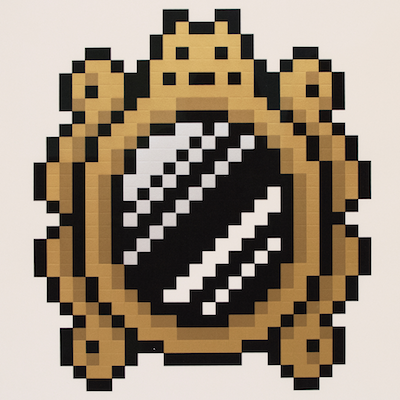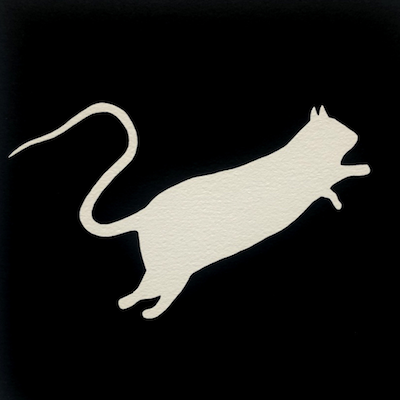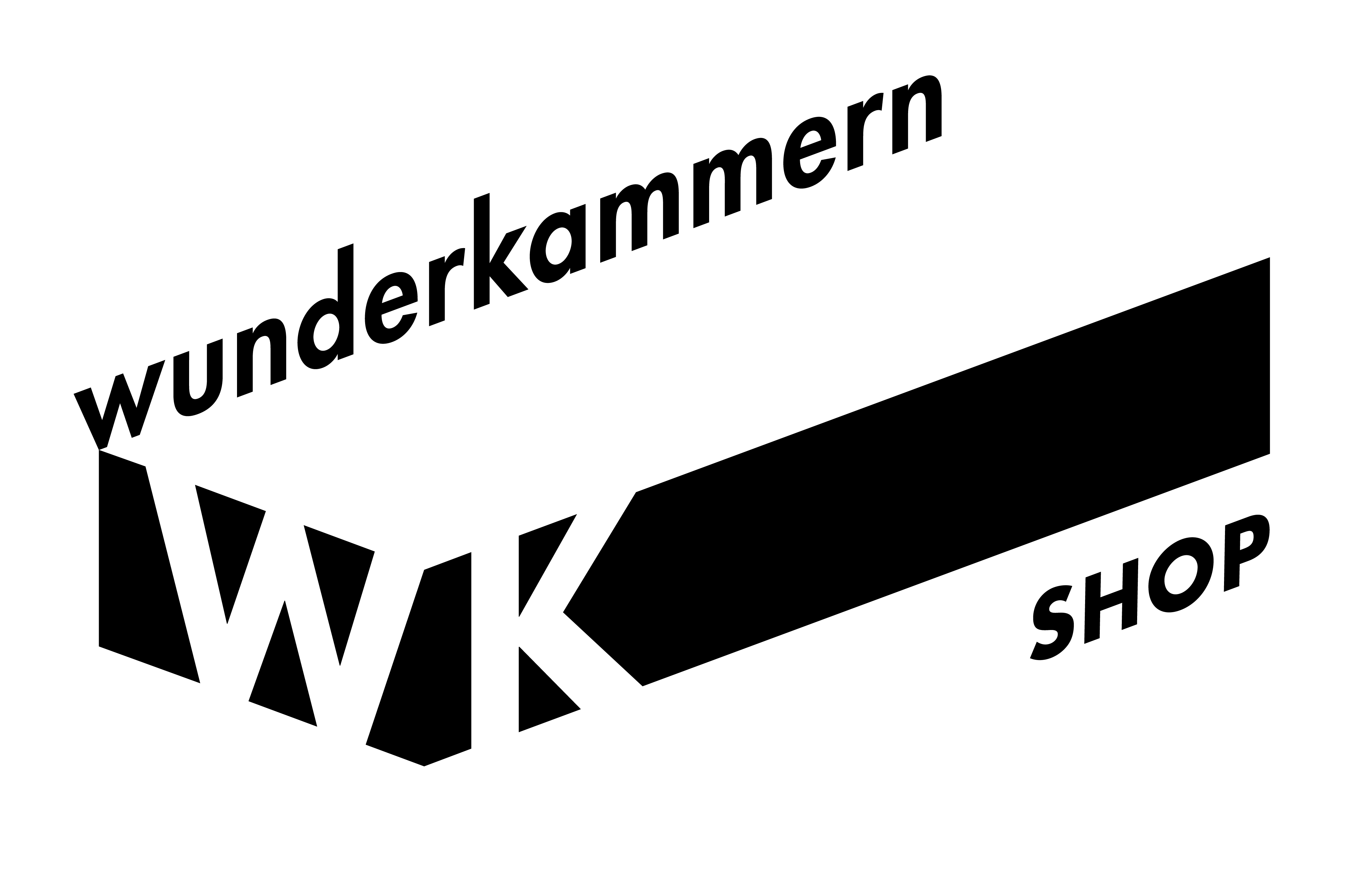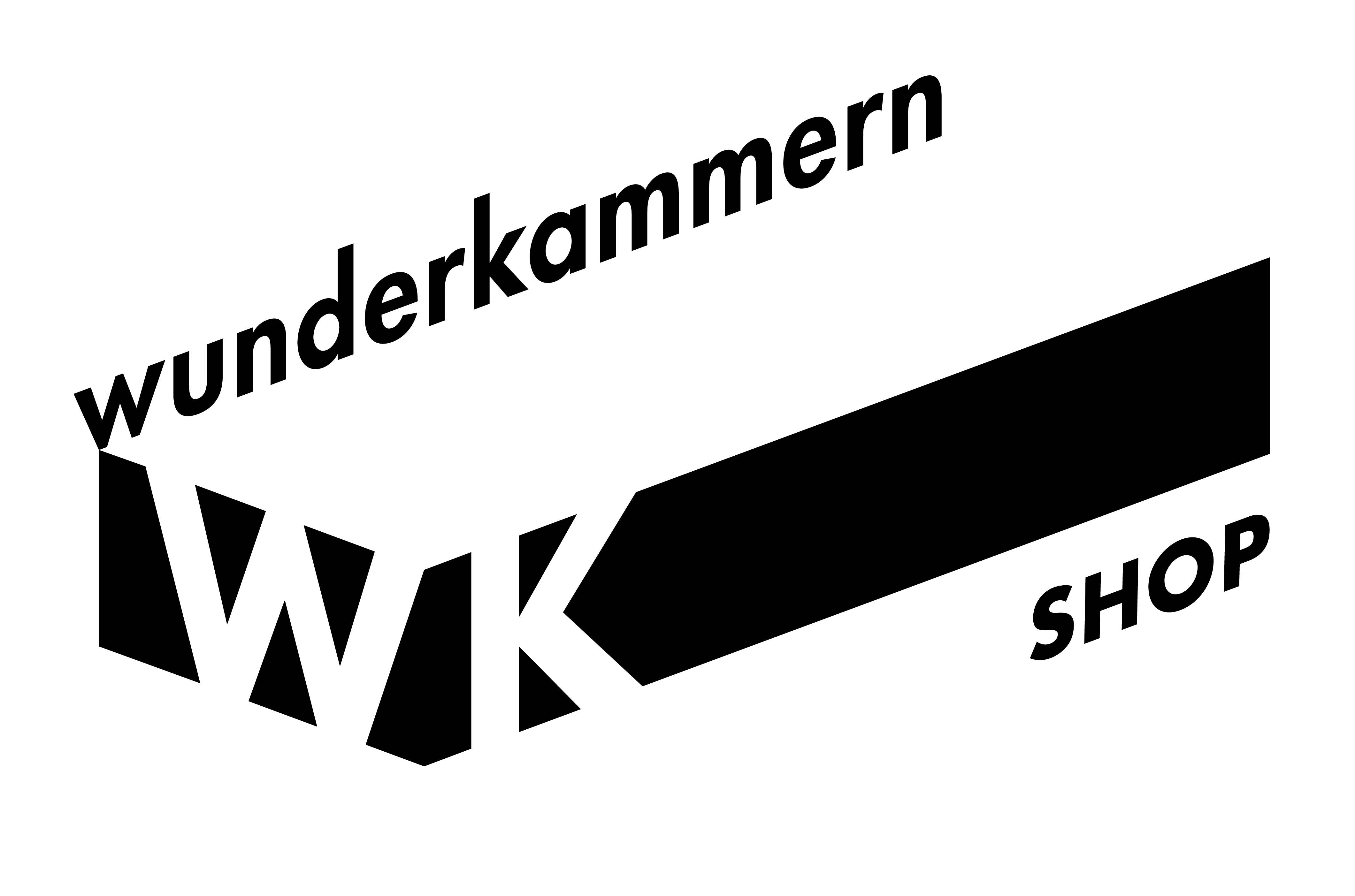
INVADER

Invader, born in Paris in 1969, is a famous French street artist known for his Space Invaders-inspired mosaics. Since 1998, he has installed his works in over 65 cities in 33 countries, even reaching into space.
In addition to the aliens from the video game, he has created iconic images and developed Rubikcubism with Rubik's cubes. He introduced QR codes in his mosaics and the FlashInvaders app to engage fans.
-
Versailles
50 cm x 55 cm
-
6 Cubes (Orange/Blue)
70 cm x 50 cm
-
6 Cubes (Red/Yellow)
70 cm x 50 cm
-
Alert, System Infected (red)
60 cm x 60 cm
-
Invasion of Roma (Signed Map)
€9,838.10 VAT includedIVA Inclusa
Le opere d'arte con IVA inclusa mostrano un prezzo calcolato con la tassazione IVA, quindi la tassa addizionale del 5% è già aggiunta al prezzo di questi prodotti. Per gli oggetti che non sono opere d'arte, la tassazione rimane pari al 22% ed è già inclusa nel prezzo.
IVA Margine
I prodotti con IVA Margine vedono applicata la tassa addizionale del 22% solo sul margine, ossia la differenza tra il prezzo a cui il prodotto viene acquistato e il prezzo a cui lo stesso prodotto viene rivenduto.65 cm x 45 cm
-
Invasion of Roma (Unsigned Map)
65 cm x 45 cm
-
INVADEROMA
€2,790.48 VAT includedIVA Inclusa
Le opere d'arte con IVA inclusa mostrano un prezzo calcolato con la tassazione IVA, quindi la tassa addizionale del 5% è già aggiunta al prezzo di questi prodotti. Per gli oggetti che non sono opere d'arte, la tassazione rimane pari al 22% ed è già inclusa nel prezzo.
IVA Margine
I prodotti con IVA Margine vedono applicata la tassa addizionale del 22% solo sul margine, ossia la differenza tra il prezzo a cui il prodotto viene acquistato e il prezzo a cui lo stesso prodotto viene rivenduto.20 cm x 24 cm
-
New mosaics of Ravenna Invasion Guide 07
€573.77 VAT includedIVA Inclusa
Le opere d'arte con IVA inclusa mostrano un prezzo calcolato con la tassazione IVA, quindi la tassa addizionale del 5% è già aggiunta al prezzo di questi prodotti. Per gli oggetti che non sono opere d'arte, la tassazione rimane pari al 22% ed è già inclusa nel prezzo.
IVA Margine
I prodotti con IVA Margine vedono applicata la tassa addizionale del 22% solo sul margine, ossia la differenza tra il prezzo a cui il prodotto viene acquistato e il prezzo a cui lo stesso prodotto viene rivenduto. -
L'invasion Los Angeles/ Mission Hollywood/ 02
€819.67 VAT includedIVA Inclusa
Le opere d'arte con IVA inclusa mostrano un prezzo calcolato con la tassazione IVA, quindi la tassa addizionale del 5% è già aggiunta al prezzo di questi prodotti. Per gli oggetti che non sono opere d'arte, la tassazione rimane pari al 22% ed è già inclusa nel prezzo.
IVA Margine
I prodotti con IVA Margine vedono applicata la tassa addizionale del 22% solo sul margine, ossia la differenza tra il prezzo a cui il prodotto viene acquistato e il prezzo a cui lo stesso prodotto viene rivenduto.21,5 cm x 27,5 cm
-
INVASION Los Angeles 2.1 Updated Edition1999/2018
€327.87 VAT includedIVA Inclusa
Le opere d'arte con IVA inclusa mostrano un prezzo calcolato con la tassazione IVA, quindi la tassa addizionale del 5% è già aggiunta al prezzo di questi prodotti. Per gli oggetti che non sono opere d'arte, la tassazione rimane pari al 22% ed è già inclusa nel prezzo.
IVA Margine
I prodotti con IVA Margine vedono applicata la tassa addizionale del 22% solo sul margine, ossia la differenza tra il prezzo a cui il prodotto viene acquistato e il prezzo a cui lo stesso prodotto viene rivenduto.22,5 cm x 28,5 cm
-
Wipe Out in Hong Kong - Invasion Guide 06
€573.77 VAT includedIVA Inclusa
Le opere d'arte con IVA inclusa mostrano un prezzo calcolato con la tassazione IVA, quindi la tassa addizionale del 5% è già aggiunta al prezzo di questi prodotti. Per gli oggetti che non sono opere d'arte, la tassazione rimane pari al 22% ed è già inclusa nel prezzo.
IVA Margine
I prodotti con IVA Margine vedono applicata la tassa addizionale del 22% solo sul margine, ossia la differenza tra il prezzo a cui il prodotto viene acquistato e il prezzo a cui lo stesso prodotto viene rivenduto.21 cm x 25 cm
-
Hello, my game is...Joue avec Invader
€172.13 VAT includedIVA Inclusa
Le opere d'arte con IVA inclusa mostrano un prezzo calcolato con la tassazione IVA, quindi la tassa addizionale del 5% è già aggiunta al prezzo di questi prodotti. Per gli oggetti che non sono opere d'arte, la tassazione rimane pari al 22% ed è già inclusa nel prezzo.
IVA Margine
I prodotti con IVA Margine vedono applicata la tassa addizionale del 22% solo sul margine, ossia la differenza tra il prezzo a cui il prodotto viene acquistato e il prezzo a cui lo stesso prodotto viene rivenduto.27 cm x 21 cm
-
L'invasion in the U.K./ 03
€819.67 VAT includedIVA Inclusa
Le opere d'arte con IVA inclusa mostrano un prezzo calcolato con la tassazione IVA, quindi la tassa addizionale del 5% è già aggiunta al prezzo di questi prodotti. Per gli oggetti che non sono opere d'arte, la tassazione rimane pari al 22% ed è già inclusa nel prezzo.
IVA Margine
I prodotti con IVA Margine vedono applicata la tassa addizionale del 22% solo sul margine, ossia la differenza tra il prezzo a cui il prodotto viene acquistato e il prezzo a cui lo stesso prodotto viene rivenduto.21,5 x 27,5 cm
-
La Souris Déglinguée
50 cm x 50 cm
Invader, the pseudonym of a French artist born in Paris in 1969, is a leading figure on the international street art scene.
Known for his urban ‘invasions’, he has littered the streets of over 65 cities in 33 countries with his distinctive mosaics inspired by video games from the 1970s and 1980s.
His art, which fuses pop culture and traditional techniques, aims to bring digital aesthetics into the real world through public installations that surprise and fascinate passers-by around the world.
Education and Artistic Origins
After completing his studies at the École des Beaux-Arts in Paris, Invader began developing the ‘Space Invaders’ project in 1998.
This ambitious project aimed to ‘invade’ cities with mosaics depicting pixelated creatures, inspired by the famous 1978 arcade video game ‘Space Invaders’.
The decision to use ceramic tiles to reproduce the pixels of the 8-bit graphics not only pays homage to the aesthetics of the first video games, but also recalls the ancient mosaic technique, creating a bridge between tradition and modernity.
The ‘Space Invaders’ Project
Invader's mission is clear: to take art out of museums and integrate it into the urban fabric, making it accessible to all. His first installation appeared in Paris, but soon his works began appearing in cities all over the world, from New York to Tokyo, London to Melbourne.
Each ‘invasion’ is meticulously planned, with the artist selecting strategic locations for his installations, often in high visibility spots or hidden corners that invite discovery.
In 2015, he even sent a mosaic into space, installing it aboard a spacecraft, thus expanding the boundaries of his art beyond Earth's atmosphere.
Style and Techniques
Invader's work is distinguished by the use of ceramic tiles that reproduce the pixelated aesthetic of 1980s video games.
The subjects of his works range from the iconic aliens of ‘Space Invaders’ to pop culture characters such as the Pink Panther, installed in Paris, or the emperors Justinian and Theodora, depicted in Ravenna.
This variety of subjects demonstrates the artist's ability to adapt his art to the cultural and historical context of the cities he ‘invades’, creating a dialogue between the work and its surroundings.
Special Projects: QR Codes and Rubikcubism
In 2008, Invader began experimenting with QR code technology, creating black and white mosaics that, when scanned with a smartphone, reveal hidden images, videos or messages.
This innovation added an interactive dimension to his works, inviting the public to interact directly with the art. In 2005, he introduced ‘Rubikcubism’, a technique that uses Rubik's cubes to create works of art.
These compositions, divided into series such as ‘Bad Men’ (portraits of controversial historical figures), ‘Low Fidelity’ (music album covers) and ‘Masterpieces’ (reinterpretations of art masterpieces), show the artist's versatility and originality in manipulating materials and symbols of popular culture.
Invasion Guides and FlashInvaders
In order to document his installations, Invader has published ‘Invasion Guides’ since 2003. These guides tell the story of his invasions in different cities, providing maps and details of the works installed.
These publications have become collector's items for enthusiasts. In addition, he developed the ‘FlashInvaders’ app, which turns the search for his works into a kind of digital treasure hunt, allowing fans to virtually locate and ‘capture’ mosaics around the world, accumulating points and sharing their discoveries with a global community.
Exhibitions and Awards
Despite the clandestine nature of many of his installations, Invader has exhibited his work in numerous prestigious galleries and museums.
He has held solo exhibitions in cities such as Paris, Osaka, Melbourne, Los Angeles, New York, London and Rome. Notable museum exhibitions include those at Musée en Herbe in Paris in 2017, HOCA Foundation in Hong Kong in 2015 and MOCA in Los Angeles in 2011.
A significant moment in his career was in 1998, when he installed ten mosaics inside the Louvre, thus becoming the only living artist to have works exhibited in the famous Parisian museum.
Invader continues to surprise and fascinate with his installations, challenging the conventions of traditional art and inviting the public to see cities with new eyes.
His ability to combine elements of digital culture with traditional art techniques makes him a unique figure in the contemporary art scene, and his ‘invasions’ are an invitation to explore and rediscover urban spaces through art.
Invader: Works for sale with prices and value from Wunderkammern
If you are interested in the artist, you can find Invader's works for sale online at our website.
If you would like to know about Invader's prices, value or which works will be exhibited, please do not hesitate to contact us by sending an e-mail to shop@wunderkammern.net.




 Register
Register














